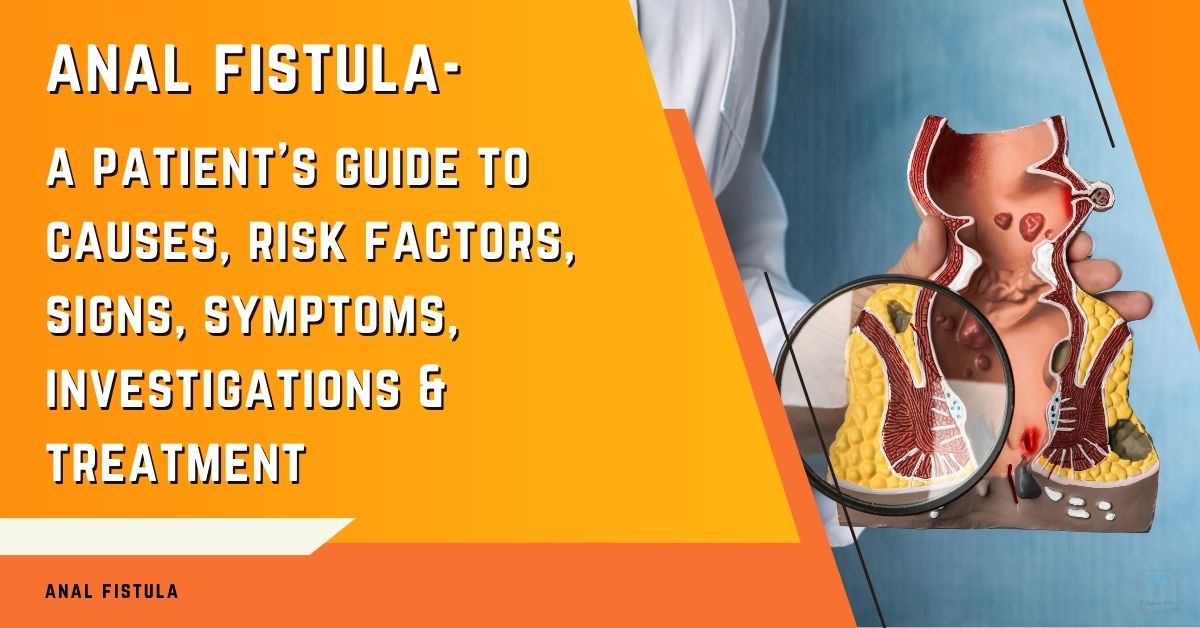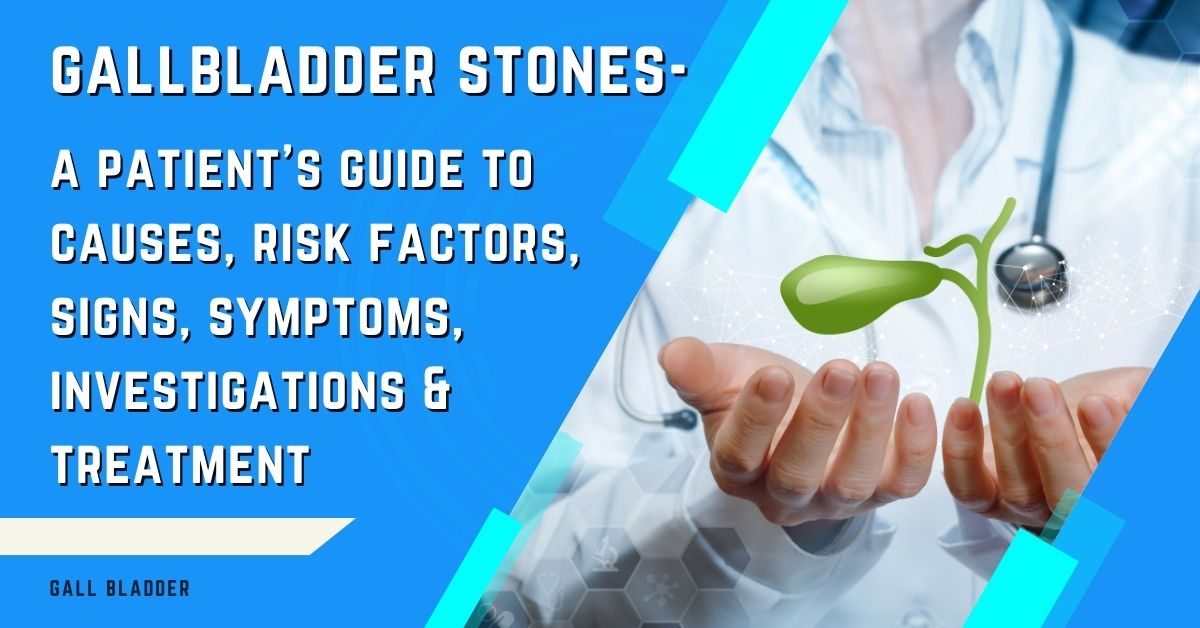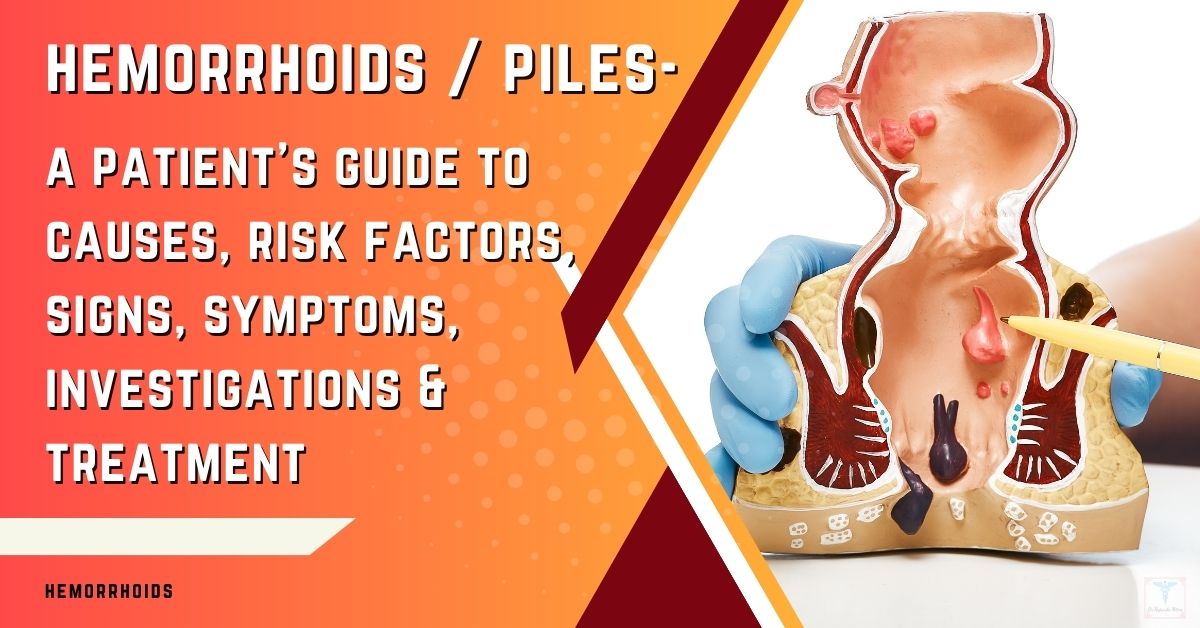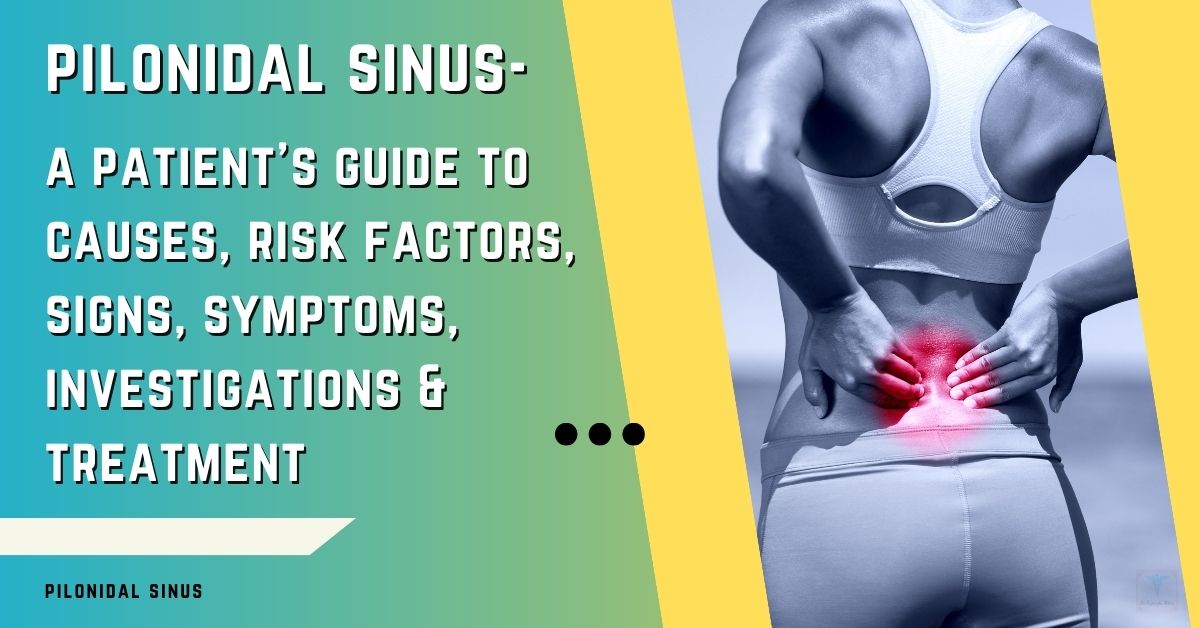As winter’s winds whisper, you may find yourself wrestling with the discomfort of anal fissures, a condition that doesn’t take a break just because the temperature drops. Most people don’t realize that winter care for anal fissures is a must.
You’re likely aware that the cold can exacerbate your condition, causing the muscles around the anus to contract and intensify your pain.
To combat this, it’s crucial to keep the affected area warm, but there’s more to Anal fissures winter care than just adding layers. You’ve got to consider the role of diet, hydration, and even the type of clothing that can influence your symptoms.
In the following discussion, we’ll explore a comprehensive approach to managing anal fissures during the colder months, focusing on strategies that go beyond superficial warmth. Stick with us to uncover tips and practices that can provide you with comfort and promote healing despite the chill that winter brings.
Winter Care For Anal Fissures – Key Takeaways
- Dietary adjustments for cold weather, such as including warm, nutrient-dense foods and high-fiber foods, can help prevent hard stools and ease strain during bowel movements.
- Dressing in warm, breathable layers and using moisture-wicking fabrics can help keep the anal area dry and comfortable.
- Practicing winter hygiene best practices, such as cleansing gently with warm water, wearing breathable undergarments, and staying hydrated, can promote healing and prevent further irritation.
- Pain management and healing for anal fissures may involve the use of topical medications, botox injections, and surgical procedures like sphincterotomy, along with maintaining good anal hygiene and a high-fiber diet.
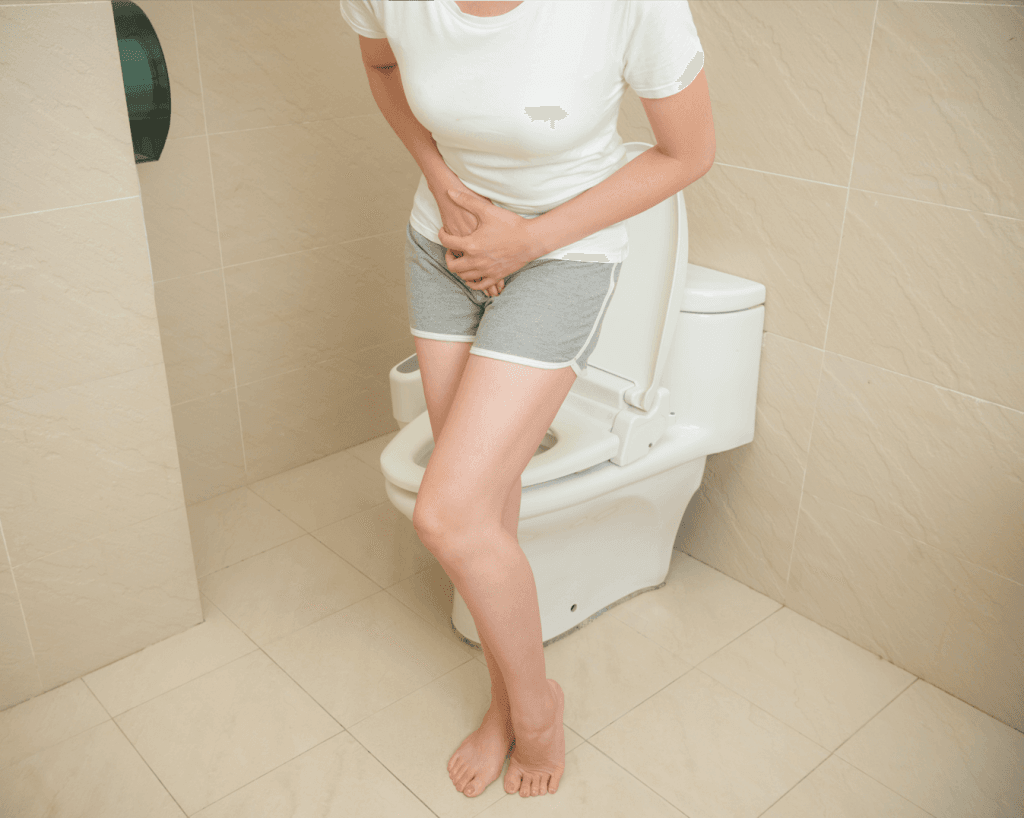
Understanding Anal Fissures
Anal fissures, small tears in the anus lining, typically bring on acute pain and bleeding during bowel movements, a condition you might face if you strain too much or deal with certain medical issues.
Passing large or hard stools can overstretch your anal sphincter, which, when persistent, may contribute to the development of a chronic anal fissure. This can be a distressing and uncomfortable experience, but you’re not alone.
Initial care focuses on relieving your discomfort and promoting healing. Sitz baths are a soothing option, offering relief by immersing the affected area in warm water several times a day.
To ease the strain during bowel movements, dietary adjustments and the use of stool softeners can be beneficial. Topical treatments, such as nitrates or calcium channel blockers, aim to relax the internal sphincter and improve blood flow, facilitating the healing process.
If these measures don’t alleviate the issue, more intensive options are available. Botox injections can temporarily paralyze the anal sphincter, reducing spasms and pain.
In refractory cases, a procedure called lateral internal sphincterotomy might be recommended, involving a small incision to help relax the sphincter muscle. Rest assured, with the right approach, you can find relief and healing.
Dietary Adjustments for Cold Weather
As temperatures drop, it’s essential to modify your diet to include warm, nutrient-dense foods that can help maintain your body’s warmth and energy levels. For those dealing with anal fissures, this is particularly important, as the right diet can facilitate healing.
A high-fiber diet, comprised of whole grains like brown rice and plenty of fruits and vegetables, can help prevent hard stools, making bowel movements easier to pass and reducing strain on affected tissues.
In the chill of winter, you should aim to drink plenty of fluids; warm water and herbal teas are comforting and help keep you hydrated. Fiber supplements may also be beneficial if you find it challenging to consume enough dietary fiber through food alone.
These adjustments can work in tandem with stool softeners to alleviate the discomfort associated with anal fissures.
Remember to incorporate hearty soups and stews into your meals, which can be both warming and rich in fiber.
Adding warming spices such as ginger, cinnamon, and black pepper to your dishes can boost circulation and increase heat production within your body, contributing to a sense of well-being and belonging in your community of care.
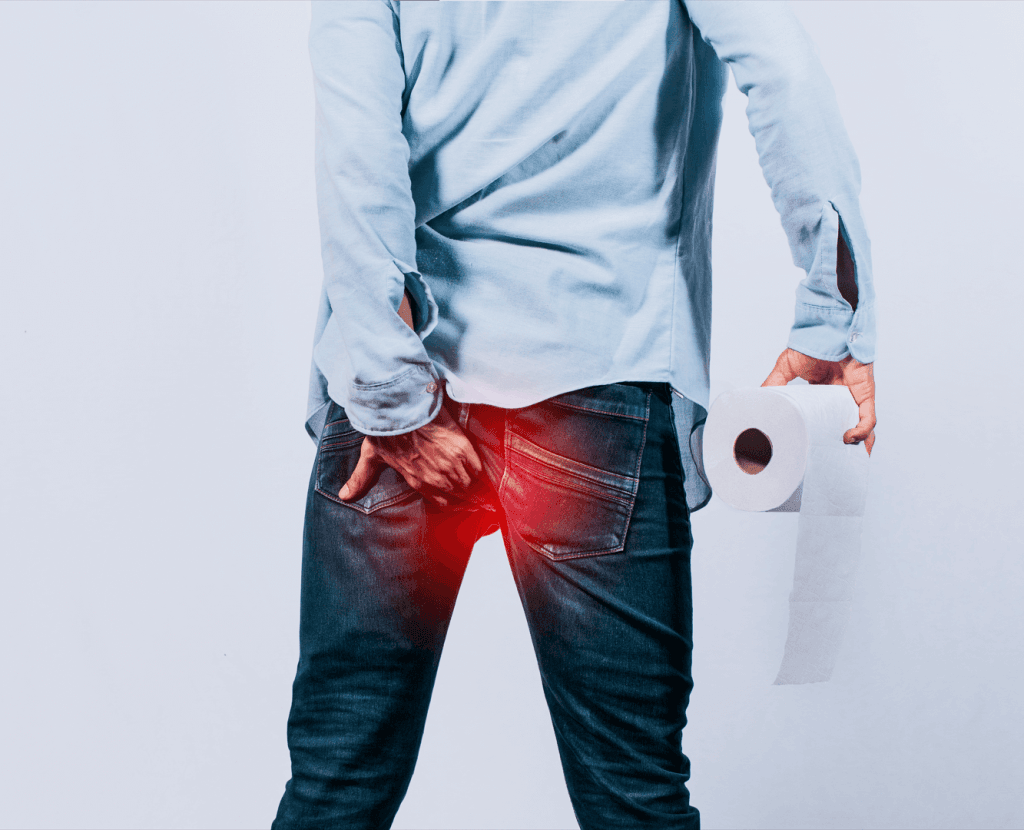
Clothing and Warmth Strategies
To effectively manage body heat during cold months, it’s crucial to dress in warm, breathable layers, particularly when managing conditions like anal fissures.
Ensure you’re selecting moisture-wicking fabrics to draw sweat away from your skin, which is essential in keeping the anal area dry and reducing irritation. Incorporating thermal underwear can provide that extra insulation, keeping your core temperature stable and potentially helping to increase blood flow to promote healing.
Remember to protect your extremities with gloves, hats, and warm socks, as keeping these areas warm helps maintain overall body warmth. At home, consider using heating pads or warm blankets to stay cozy—this tactic can be particularly comforting if you’re experiencing discomfort from anal fissures.
In the spirit of home remedies, don’t underestimate the soothing power of warm baths. Soaking in warm water can’t only help you keep warm but also aid in relaxing the muscles around the anal area.
To complement these strategies, continue focusing on incorporating fiber in your diet and drinking plenty of fluids to prevent constipation, which is vital for your well-being.
We ensure our content supports you in keeping warm and managing your anal fissures effectively throughout the winter season.
Winter Hygiene Best Practices
Maintaining exemplary hygiene in the winter is essential, particularly when ensuring the anal region stays clean and dry, thereby reducing the risk of irritation and infection. If you’re dealing with anal fissures, this becomes even more critical to prevent exacerbation of pain and discomfort.
During bowel movements, gentle cleansing with warm water is advisable. Steer clear of harsh soaps that might dry out the sensitive skin around the fissure.
Wearing breathable, moisture-wicking undergarments can help keep the area dry, reducing the chances of sweat buildup, which could irritate the fissure. Proper hydration is also key; drinking ample water ensures soft stool, which is easier to pass and less likely to aggravate a fissure.
In some cases, your doctor might recommend topical treatments such as calcium channel blockers or nitroglycerin ointment to promote healing by relaxing the sphincter muscle.
Barrier creams may provide a protective layer against the cold, harsh weather, while baths may help soothe the area and maintain necessary hygiene.
Pain Management and Healing
While proper hygiene and preventive measures are fundamental, effectively managing pain and fostering healing are equally crucial in addressing anal fissures. Medical treatments can significantly alleviate pain and discomfort, helping your body in the healing process.
Topical medications, such as nitrate ointment or calcium channel blockers, are often prescribed as they help to relax the muscles surrounding the anus, which in turn increases blood flow to the area and promotes healing.
If these treatments don’t provide relief, botulinum toxin (Botox) injections may be recommended. Botox helps by temporarily paralyzing the internal anal sphincter muscle, decreasing muscle spasms, which can help heal the fissure. In more persistent cases, a surgical procedure like sphincterotomy might be necessary to allow fissures to heal.
It’s essential to keep up with regular follow-up appointments to monitor your healing progress. During these visits, your healthcare provider can adjust your treatment plan as needed.
Remember, apart from medical interventions, maintaining good anal hygiene, avoiding constipation, and adhering to a high-fiber diet are key strategies to manage pain and bleeding and help heal the fissure.
You’re not alone on this journey, and with the right care, you can find relief and healing.
Final Note From Dr. Rajarshi Mitra
Managing anal fissures requires diligent care, especially during cold weather, which can worsen symptoms. Implementing the diet, clothing, hygiene, and treatment tips outlined here will help provide relief. Don’t hesitate to consult your doctor if problems persist.
Stay warm, eat well, keep the area clean, and aid the healing process. With the right care, you can find comfort despite the winter chill. I hope these recommendations provide some helpful solutions. Don’t hesitate to reach out with any other questions. Wishing you good health.
FAQs
Is Warm Water Good for Fissures?
Yes, warm water is beneficial for fissures. Sitz baths enhance blood flow, provide pain relief, and promote healing. They’re part of your daily routine, ensuring gentle cleansing, moisture control, and infection prevention while maintaining skin hydration.
What Promotes Fissure Healing?
To promote fissure healing, you’ll benefit from increasing fiber intake, using stool softeners, and ensuring proper hydration. Gentle cleansing, regular sitz baths, and healing ointments also aid recovery while you avoid straining.
Is a Hot Tub Good for a Fissure?
A hot tub can offer pain relief and improve circulation, aiding in a healing environment for a fissure. However, you must balance temperature effects, maintain moisture, and prioritize hygiene to mitigate infection concerns and skin sensitivity.
What Should You Not Do With a Fissure?
An ounce of prevention is worth a pound of cure: don’t strain or ignore hard stools. Increase dietary fiber, use topical ointments, take sitz baths, manage pain, avoid constipation, wipe gently, stay active, and reduce stress.














